The Final Chapter: Horror Series Finales Through the Years

Let’s face it, as horror fans we’re more than accustomed to sequels. Damn near every horror flick that makes so much as a penny of profit inevitably earns itself a continuation, be it a prequel, spin-off, remake, or reboot, somewhere down the road. No matter what form they take, the intent is always to continue a franchise, pushing ever further into mythic highs or embarrassing lows. There is a very special kind of sequel that only comes around once in a great while, a rare breed that seeks to end a series rather than grind it into the dirt.
Recently horror fans were blessed (or cursed, depending on one’s point of view) to view the newest final sequel in the form of Resident Evil: The Final Chapter. This proposed final entry in the series joins the ranks of other horror series send-offs, some of which are great, some of which are abysmal, but all of which are noteworthy. Let’s take a look back at some prime examples.
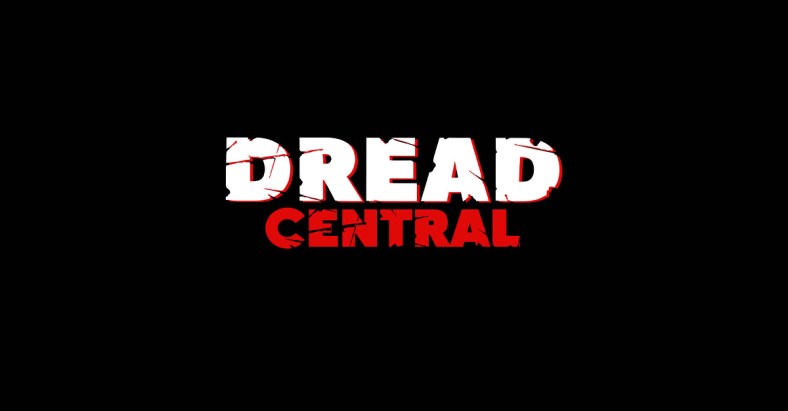
Friday the 13th The Final Chapter
Practically the first final chapter in horror history, and possibly the benchmark for how to send a series out with a bang, Friday the 13th: The Final Chapter was Paramount’s effort to get critics and watchdog groups off their backs by finishing the controversial series. What they made was an entry so outstanding, it stands today as one of, if not the best film in the franchise.
The trick to achieving such quality was doubling down on elements that worked without venturing into unnecessary complications. What’s on display here is the guide book for slasher flicks. Jason is on full display, having finally achieved his iconic look during the previous film. His stable of potential victims is a fine mix of likable and despicable characters, and best of all the story offered an unexpected hero in the form of Tommy Jarvis, a young boy with an obsession for monsters which makes him the person best equipped to deal with our favorite towering murder machine.
The Final Chapter is a fine example of ending a series by celebrating everything that made it popular in the first place. Blood, breasts, and humor fly freely while leaving a hint that the series could continue one day, which it did the following year.
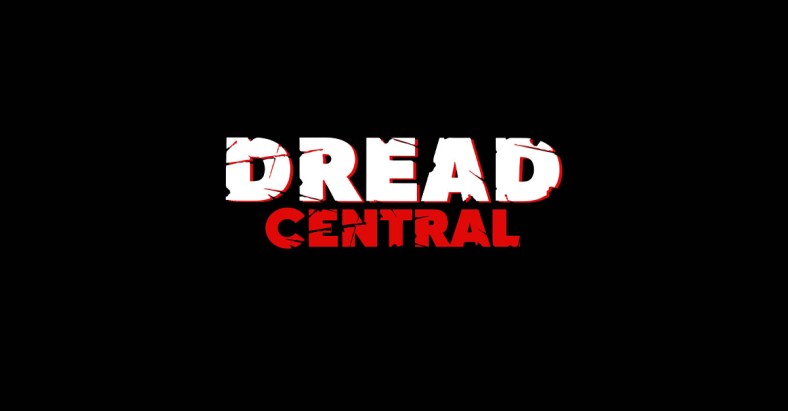
Freddy’s Dead: The Final Nightmare
Everyone’s favorite nightmare, Freddy Kruger had a tougher time saying goodbye to the audience with Freddy’s Dead: The Final Nightmare thanks to the flick being an overcomplicated, tonal mess. The movie opens with cheap sci-fi style text informing viewers they’re witnessing events from the future of 1999 where Freddy has nearly eliminated the teenage population of Springwood. The last kid in town escapes only because Freddy means to use him as bait in order to spread his evil across the globe. What luck then that the kid ends up being cared for by Kruger’s formerly unknown daughter who takes on her murderous father in a 3-D showdown that revealed his powers were granted by a trio of demons. Christ almighty, is this movie for real?
For a film whose singular goal is to blow up the title character with a stick of dynamite à la Loony Tunes, why are there so many extra, unnecessary tidbits? Not to mention the completion of the tonal shift from horror movie to black comedy. By the point you witness Freddy controlling kids video game style with his power glove, it’s no longer sad to see him go.
Freddy would of course return, though not really in the same fashion, as the character was altered for the meta New Nightmare, paired with Jason for Freddy vs Jason, and recast for the 2009 remake. Which leaves Freddy’s Dead as the rough ending for the series proper.
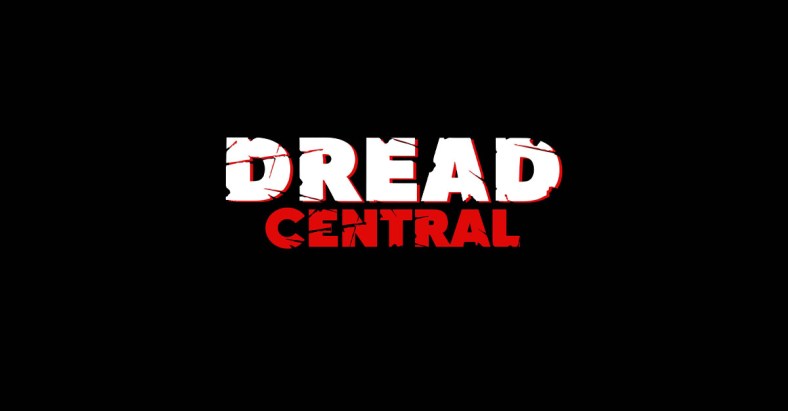
Halloween H20
Completing the slasher trinity, we’ve got Michael Myers’ planned exit from the scene. One could say that Halloween II already served as the first ending to this series, as the original plan was to move onto different stories like Season of the Witch. Money talks, however, and the slasher would find himself returning to the screen again and again.
Halloween H20 was a special event with a silly name to boot. It utilized the twentieth anniversary of the series to bring back Jamie Lee Curtis as Lori Strode, and ignored the larger mythology that had grown during installments 4-6. In an odd choice, the director’s chair went to Steve Minor, a man known more for Friday the 13th installments.
The end result of this anniversary celebration was mixed to, say the least. While there are many elements of the film that work well, it all feels a little empty. There just isn’t enough meat to the story, or for Michael to slash through, for that matter. The plot is basic, the body count low, and the setting a bit bland. That being said, it’s still a well made little film, just not something worthy of shipping off a horror icon. Which might explain the subsequent sequel and remakes that essentially buried the series.

Hellraiser: Bloodline
Like all the greats, Pinhead took his shot at bowing out with Hellraiser: Bloodline, a film that’s something of a rarity in that, for all the installments that followed, this one still stands as the ending. That’s entirely thanks to its future-flung setting which set the stage for other horror icons like Leprechaun and Jason to have their own cosmic adventures.
Still, how does Bloodline work as a final chapter? Not so great, actually. Barely mentioning events of past films, the story sets out to tell the history of the puzzle box, along with modern events based within the office building from the end of the third film, and a final confrontation in the year 2127. As if that’s not enough heavy lifting for one movie, the filmmakers saw fit to introduce a demonic rival for Pinhead in the form of Angelique. With all that activity, you’d think the movie is a jumbled mess; and yes, it is.
Fact is, Bloodline was such a messy production it earned the label of being directed by Alan Smithee, a name used by directors to disown a project. That being said, I’ve known a few fans who still view this as a successful entry in the series, more so when compared to later sequels that merely use the franchise title and characters for a quick cash grab.
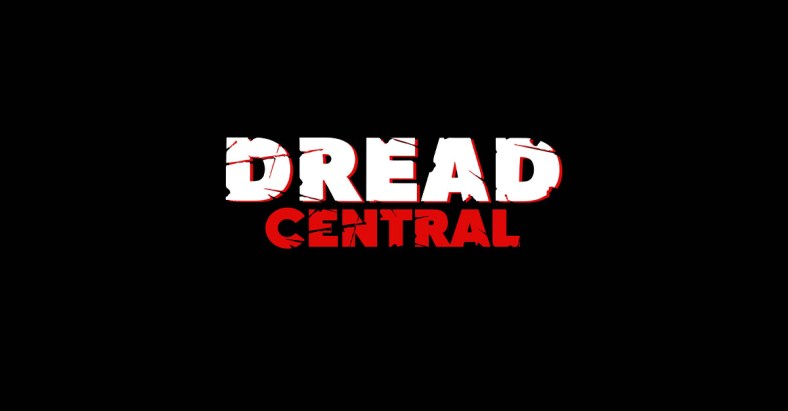
Godzilla: Terror of Mechagodzilla, Godzilla vs Destroyah, Final Wars
No other horror franchise has wrapped up as many times as Godzilla. In a way, that’s rather fitting as the great green goliath has starred in over thirty movies with multiple continuities. The end of the original Showa era series, Terror of Mechagodzilla, wasn’t actually made with the intention of finishing the series. It simply continued a trend of declining ticket sales which prompted Toho to scrap production of the series for a number of years. As luck would have it, this wasn’t all that bad an entry to sign off with. A bit standard issue in its design and storytelling, but a decent overall showcase of what the series had offered moviegoers over the years.
After a decade’s rest, the big guy returned for the new Hesei series which lasted until 1995’s Godzilla vs Destroyah. This time there really was a plan in place to make this a proper ending, so the creators wisely reached back to the original film for inspiration with a monster spawned from the oxygen destroyer that killed Godzilla all those years ago.
More than anything, Godzilla vs Destroyah is a spectacle all the way through. Many of the sub-plots running through this second series had more or less been taken care of during previous installments, leaving plenty of room for monsters to terrorize and crush everything in sight. While a little lacking in depth or emotion, the final shot sends the franchise out on a high note.
After the travesty of Roland Emmerich’s 1998 remake, Toho brought Godzilla back for the Millennium series, which ran until 2004 with Godzilla Final Wars. This is a bit more of a controversial ending, as many viewers found it lacking in classic monster action. Instead there’s a rather hefty amount of super human vs alien action, interlaced alongside giant monster smack downs. It’s a fairly large shift in style for the series, but a welcome one after countless films featuring human strategy meetings.
Though the title monster takes his sweet time in finally joining the action, once he does we’re treated to some of his finest action ever. He even gets revenge on his ugly CG American counterpart, with satisfying ease. Spending the last act of the film cleaving through his enemies, Godzilla truly proved to be king of the monsters.
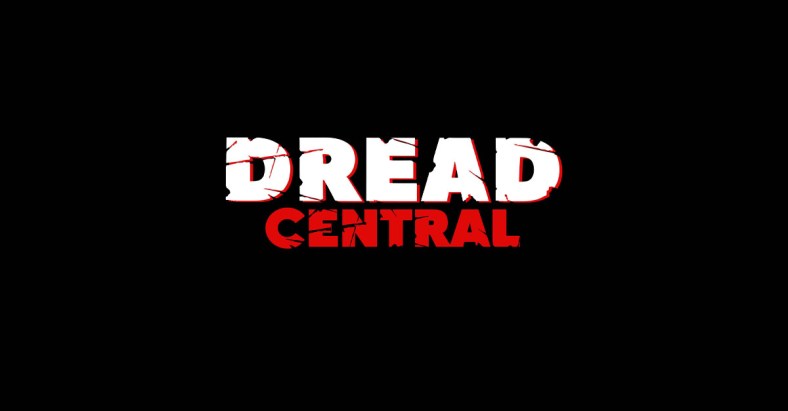
Saw 3-D
There was a time when there was no bigger name in horror than Saw. The gory, endlessly complicated saga of a civic engineer with the philosophy of changing lives through torture, Saw III had already served as something of a soft ending for the series in case the producers chose not to continue. But continue, they did; to the point of ridiculousness.
In 2010, it was time to call it quits with one last round of Jigsaw’s game in the form of Saw 3-D aka Saw: The Final Chapter. With far too much plot built up, and nowhere near enough survivors from past films, the writers were left with something of an unbalanced load to work with. In an effort to link everything together, they did bring back a major character from the first film, finally resolving said character’s somewhat ambiguous fate.
More so than most of the films I’ve mentioned, the final few minutes of this were vital. After all, the entire series prided itself on twist endings, some of which were genuinely clever and unexpected. Sadly, this one can be figured out pretty easily, which meant the final reveal was something of a let-down for longtime fans.
Like many of the other films I’ve highlighted, there were still a few doors left open for further sequels. Lo and behold, that’s exactly what we’ll be seeing later this year.
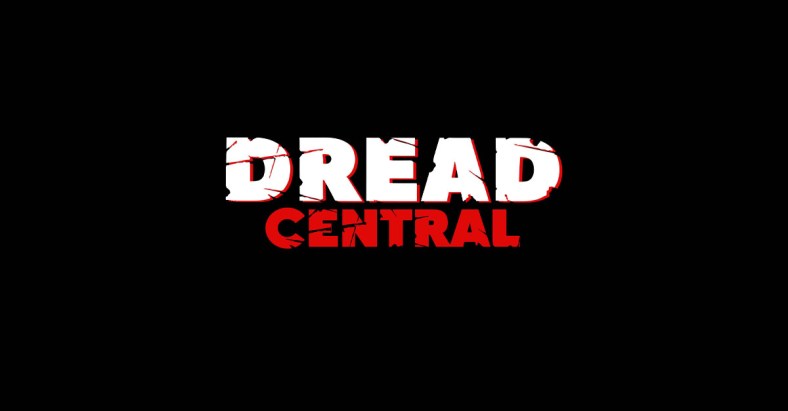
Paranormal Activity: The Ghost Dimension
While Saw may have been weighted down by its own mythology, its primary competition made the mistake of ignoring the past with Paranormal Activity: The Ghost Dimension. Failing to utilize surviving characters and lingering plot threads, this one opted for a new cast and the gimmick of a ghost vision camera.
The Ghost Dimension feels more like an attempt at retooling the franchise rather than a proper conclusion. All of the tricks the series had created up to that point were in use, yet it didn’t come together as a cohesive whole. Series mainstay Katie is only seen as a child, and even the witches mostly stay to the shadows.
More than anything, this feels like a return to the earlier films, but not for the right reasons. Part 4, for all its detractors, injected a fun and youthful spirit to the franchise which, along with the scope, was expanded during The Marked Ones. In The Ghost Dimension, it’s right back to spoiled white people in a house.
In the end, there was an explanation for the events of the series, albeit one that inspires more shrugs than exclamations. Even the scares aren’t quite up to the quality of past installments. It just didn’t work as a grand finale. This writer is of the rare opinion that the original Paranormal Activity is the worst of the series, but The Ghost Dimension certainly tried to battle it out for that honor.
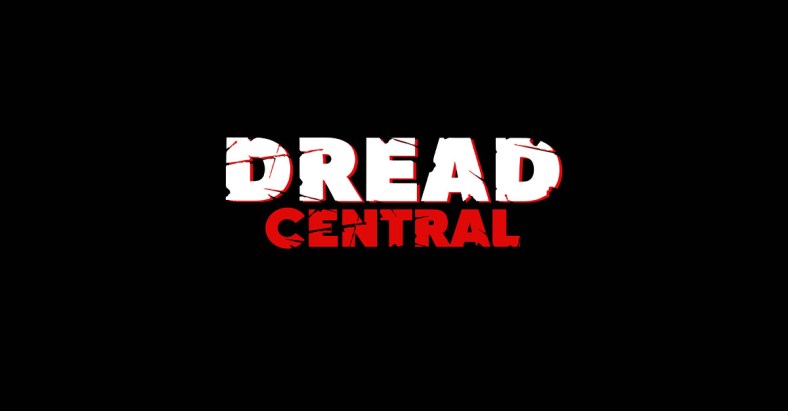
Alien 3
As far as controversial endings are concerned, few have quite the prominence of Alien 3. The product of a troubled production with many competing opinions constantly reshaping the product caused the final film to split audiences.
The Alien franchise had already established a model of shifting genre influences with each installment. Having already covered traditional horror and then action, this one veered towards drama. Right out of the gate, this new attitude was put on display with the much criticized opening that completely undid the relatively hopeful ending of the previous film.
Unlike many of the other films on this list, Alien 3 actually has a greatly expanded alternate cut that reinserts many important scenes while sadly hindering other elements of the film. While there may never be a completely ideal version of the film, each cut has plenty of good to offer. The score by Elliot Goldenthal is outstanding, Sigourney Weaver is great as always, and she’s backed up by an excellent supporting cast.
As with so many of the series mentioned so far, the Alien franchise, for better or worse, continues to this day. For a brief time, however, this was how it all ended, and honestly, it worked. It may not have been happy or glamorous, but it was a finale that stayed true to the spirit of the series and wrapped everything up with some dignity.
There’s even more final chapters out there with an even greater range of quality. What are your most loved and hated series endings? Are you the odd sort that cherishes Scream 3? More likely you’re one of the many who shook their heads in disdain during The Final Destination. Was the last Resident Evil a proper send-off? Let us know in the comments.

